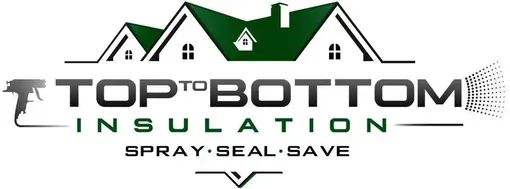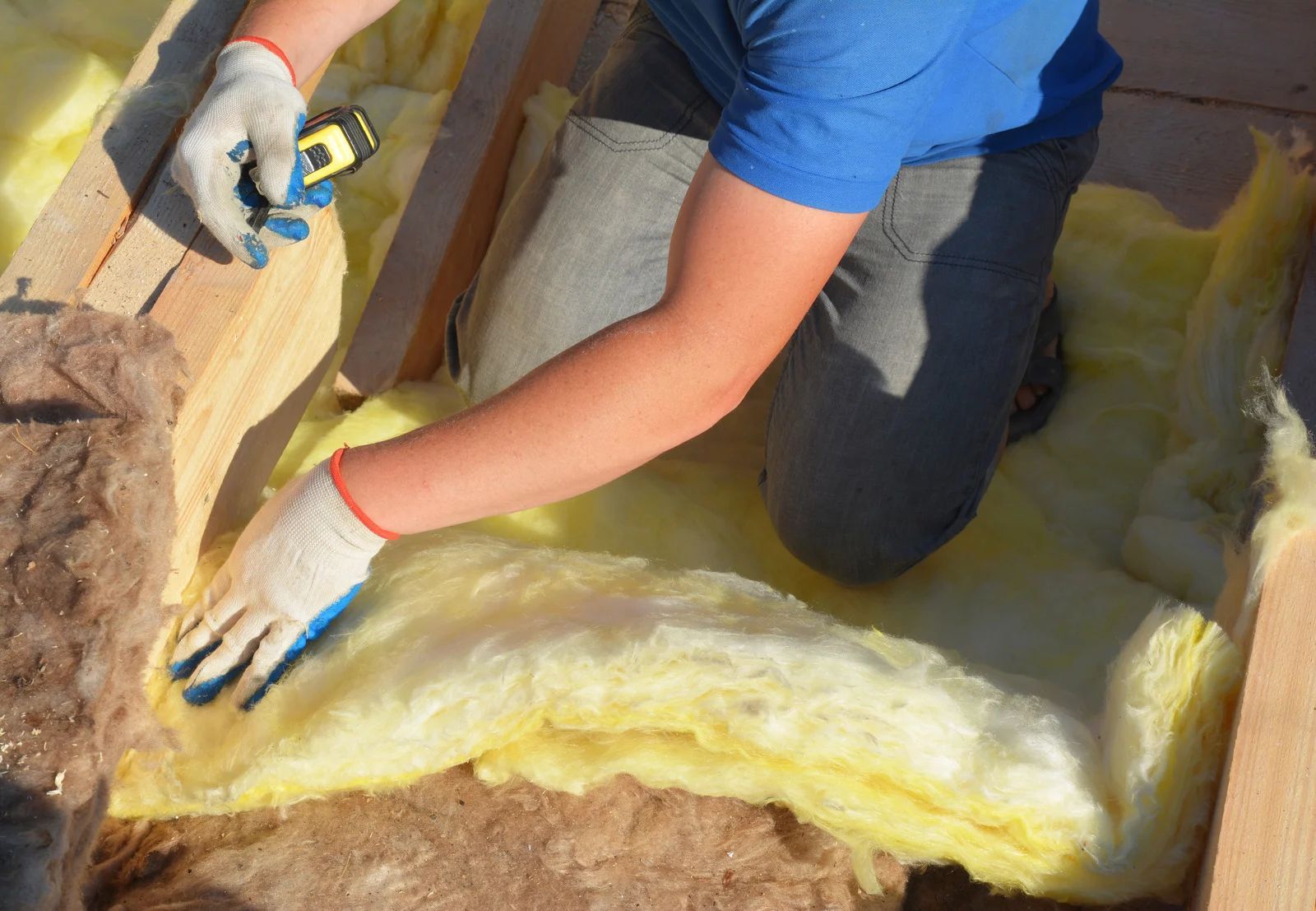The Difference Between Spray Foam and Fiberglass Insulation
September 29, 2025

When planning a home or building project, insulation is one of the most important decisions you’ll make. It affects everything from comfort and energy efficiency to long-term savings and durability. Two of the most common options are spray foam insulation and fiberglass insulation. Both materials are widely used across residential and commercial projects, but they differ in application, performance, and cost.
Understanding the pros and cons of each type will help you make a well-informed choice that best suits your property’s unique needs and budget.
Spray foam insulation is applied as a liquid that expands into a dense foam, sealing every gap and crevice. Its ability to create an airtight barrier makes it one of the most energy-efficient insulation options available.
Pros:
- Superior Energy Efficiency: Forms a seamless barrier that minimizes air leaks.
- Moisture Protection: Resists water infiltration, reducing mold and mildew risks.
- Long-Lasting: Can maintain performance for decades without settling.
- Improved Comfort: Reduces drafts and maintains consistent indoor temperatures.
Cons:
- Higher Upfront Cost: Considered one of the pricier insulation solutions.
- Professional Installation Required: Must be applied by trained specialists.
- Ventilation Needed: Off-gassing during installation requires proper safety measures.
Fiberglass insulation, made from tiny glass fibers, has been a trusted option for decades. It is commonly available in batts, rolls, or loose-fill, and is often chosen for its affordability.
Pros:
- Budget-Friendly: Typically less expensive than spray foam.
- Ease of Installation: Can be installed relatively quickly.
- Fire-Resistant: Non-combustible material provides an added layer of safety.
- Widely Available: Readily stocked and familiar to most contractors.
Cons:
- Air Leakage: Does not provide an airtight seal, allowing heat loss.
- Moisture Issues: Can absorb water and lose effectiveness over time.
- Settling: May shift or compress, reducing its insulating value.
- Health Precautions: Handling can cause skin and respiratory irritation.
Fiberglass is an excellent choice for projects where cost is a concern and where a simple, quick solution is desired.
Choosing the Right Insulation for Your Project
Deciding between spray foam and fiberglass depends on your specific needs:
- Budget: Fiberglass is more cost-effective upfront, while spray foam saves more long-term through reduced energy bills.
- Energy Goals: If maximum efficiency is the goal, spray foam outperforms fiberglass.
- Climate: Spray foam is ideal for extreme weather, while fiberglass works well in moderate climates.
- Moisture Concerns: Spray foam resists water better, making it suitable for damp or leak-prone areas.
- Longevity: For homeowners seeking minimal maintenance and lasting performance, spray foam is the stronger option.
Ultimately, consulting with a professional contractor can ensure you select the insulation that aligns with your home’s requirements and your financial goals.
Trust the Experts for Lasting Results
Both spray foam and fiberglass insulation bring unique advantages, and the right choice depends on your property’s needs, climate, and budget. Spray foam excels in energy savings and durability, while fiberglass remains a cost-effective and reliable option. To achieve the best results, proper installation and professional guidance are key. At Top to Bottom Insulation, we have over 15
years of experience helping homeowners and businesses in Monmouth County, NJ make informed insulation choices. As a trusted insulation contractor, we pride ourselves on delivering expert solutions that improve comfort, efficiency, and long-term value. Whether you choose spray foam or fiberglass, our team ensures your project is handled with precision and care.





